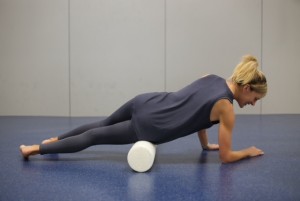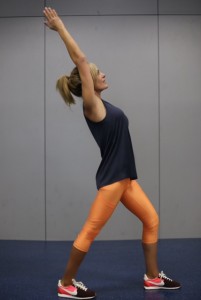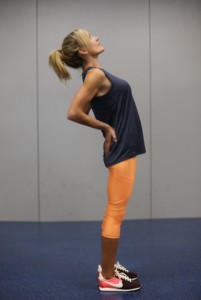
Modernize your workout with safe new moves
You may already lift weights, but is your workout working? What if you modernize a few moves? With the growing prevalence of chronic and overuse injuries, particularly in the middle- age population, you might be ready for safer alternative exercises. In 2013, there were more than 10 million doctor’s office visits for both lower back pain and shoulder symptoms. The shoulder joint and the back are two important areas where the combination of previous injuries and inappropriate exercises can initiate injury, damage soft tissue or exacerbate an existing injury. Behind-the-neck pulldowns and loaded lateral flexion (e.g. dumbbell side bends), once fitness standards, are two examples. Choosing newer, evidence-based alternative exercises can save you time visiting doctors and physical therapists and help you reap better training results.
Be kind to your shoulders
   A traditional exercise is behind-the-neck pulldowns. Forget your old high school training and don’t put the shoulder and cervical spine at risk of injury. It is estimated that up to 70 percent of people have a shoulder injury in their lifetime. Shoulders need the strength and flexibility that allow you to reach, hold, lift, carry, press and pull, pretty much what you do daily. It’s the most movable joint, and very shallow at that. The shoulder joint is a ball-and-socket joint, with the ball—the head of the upper arm—attaching into a small shallow socket (glenoid fossa), giving the joint inherent instability, often described as a golf ball sitting on a tee. The shoulder is also held together with an elaborate system of muscles, tendons and ligaments, including the rotator cuff muscles, which stabilize the joint during all the pushing and pulling activities that you do. Pulling a bar down behind your neck can lead to rotator cuff instability, suprascapular neuropathy and an increased risk of anterior capsule instability.
Best abs ever
   What is the right workout that will preserve your back instead of destroying it? Dr. Stuart McGill, professor of spine biomechanics at the University of Waterloo, thinks that often the causes of back troubles are replicated in the exercises. When it comes to core work, often the public and even personal trainers focus on moves like sit-ups, often loaded with weight, or back hyperextension called ” Superman,†an extended posture that results in intervertebral disk loading. Similar exercises such as Pilates roll-ups or Russian twists, for strong abs, says McGill in his book “Back Mechanic,†put unnecessary loads, compression and strain on the discs. The loaded dumbbell side bend, for example, increases the likelihood of disc herniation.




